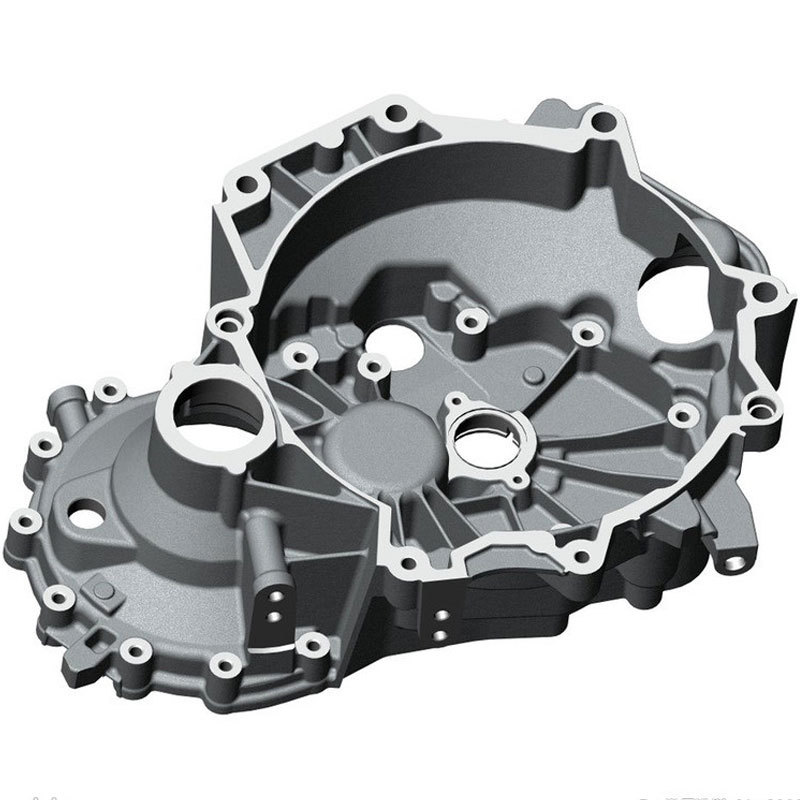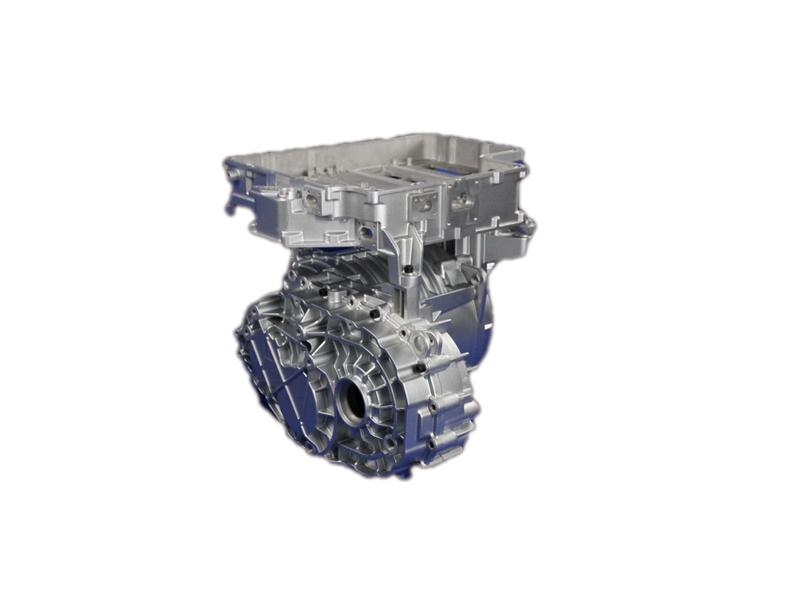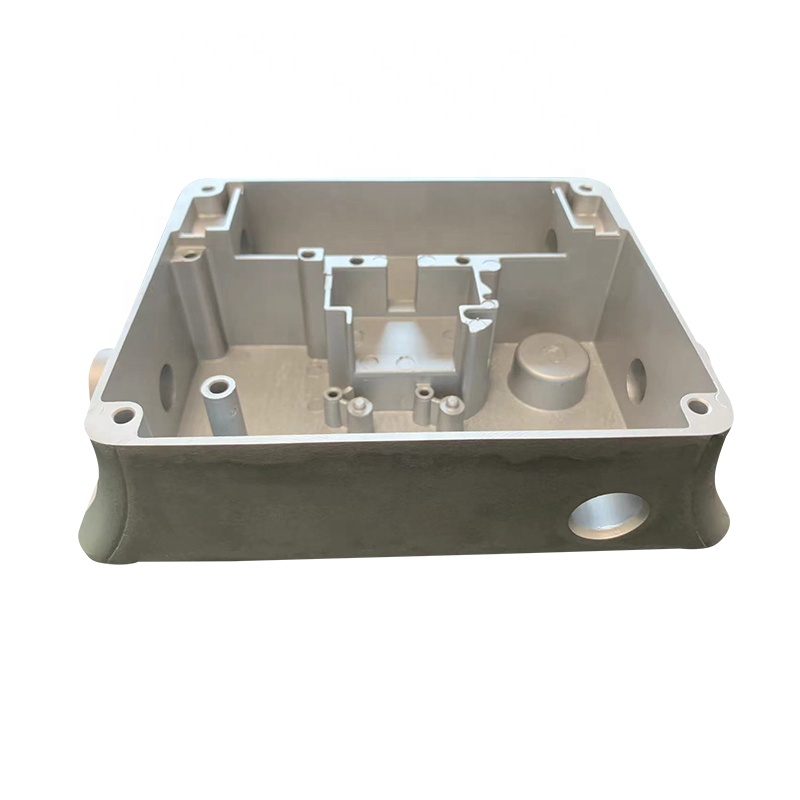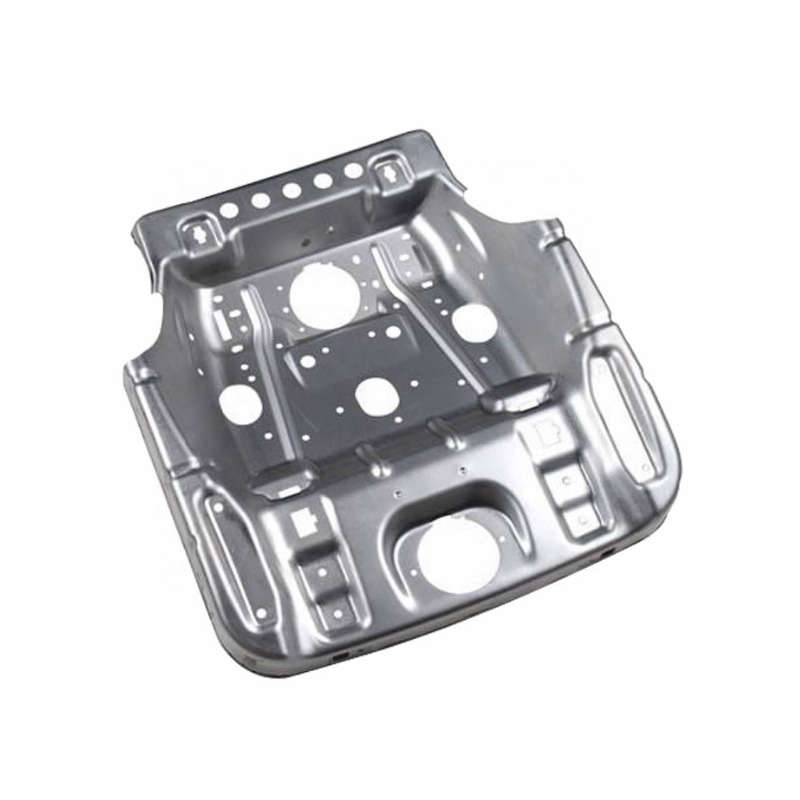Metal Stamping: A Comprehensive Overview
Metal stamping is a crucial metal fabrication process that employs presses and molds to exert external forces on sheets, strips, pipes, and profiles. The objective is to induce plastic deformation or separation, resulting in metal stamping parts of desired shapes and sizes. This process falls under plastic processing, often referred to as pressure processing, along with forging. The primary materials used for metal stamping are hot-rolled and cold-rolled steel sheets and strips.
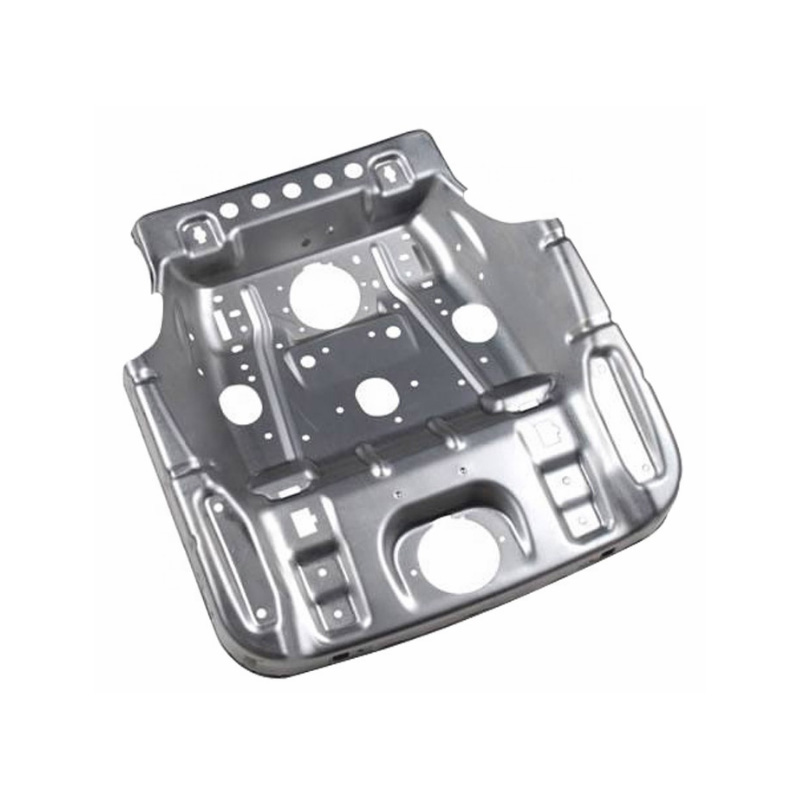
Metal and Aluminum Stamping Parts
Types of Metal Stamping Processes:
Various classification methods exist for metal stamping processes, including the process type, blank temperature, and die structure. Below, we will discuss these classification methods in detail.
1. Based on the Type of Metal Stamping Process:
There are two main categories of metal stamping processes: separation stamping (also known as punching) and forming processes, which reshape blanks through plastic deformation.
(a) Separation Process (Blanking): Separation processes involve cutting or punching along a specific contour to separate the desired stamping part from the blank material. Common methods within this category include blanking, punching, edge trimming, tongue cutting, and sectioning. Blanking and punching are similar processes but result in different outcomes. In blanking, the separated part becomes the stamping component, while punching creates holes, with the punched sheet becoming the stamping part.
(b) Forming Process: The forming process uses various techniques like bending, rounding, twisting, deep drawing, thinning, flanging, shrinking, flaring, crimping, expanding, spinning, shaping, leveling, embossing, extrusion, and more to plastically deform blanks into specific shapes and sizes while preserving their mechanical properties.
For instance, bending uses dies to shape blanks into different forms, divided into bending and curling. Deep drawing forms cylindrical metal stampings from a blank. Various other processes can be developed by combining these two fundamental techniques.
2. Based on the Temperature of the Blank During Metal Stamping:
(a) Cold Metal Stamping: Cold metal stamping involves working with metal blanks at room temperature. It's suitable for producing stamping parts with small thicknesses. Advantages include no need for heating, excellent surface quality, ease of operation, and low costs. However, it may result in work hardening and often requires the use of metal stamping oil for improved processing.
(b) Hot Metal Stamping: Hot metal stamping heats the metal to a specific temperature range. This process eliminates internal stress, prevents work hardening, increases material plasticity, reduces deformation resistance, and decreases equipment power consumption.
3. Based on the Complexity of the Die Structure:
Metal stamping processes can be further classified based on the complexity of the die structure, which consists of upper and lower dies.
(a) Simple Metal Stamping: Simple metal stamping completes one process (either blanking or forming) in a single punch of the press. This method is used for relatively straightforward stamping parts.
(b) Continuous Metal Stamping: Continuous metal stamping involves multiple processes, such as punching, bending, and forming, in a single stroke of the press. It utilizes a continuous die and offers high production efficiency.
(c) Composite Metal Stamping: Composite metal stamping combines several stamping processes in a single mold, allowing for simultaneous shaping. It's suitable for high-precision, high-output stamping parts.
Advantages of Metal Stamping:
Metal stamping offers numerous advantages, including:
- High production efficiency and potential for mechanization and automation.
- Consistent quality and long mold life.
- Versatility for processing parts of various sizes and complexities.
- Material savings and low energy consumption.
- High precision and surface quality.
Disadvantages of Metal Stamping:
However, metal stamping has its drawbacks:
- Mold Challenges: Mold manufacturing is precise, time-consuming, and costly, limiting its use for small production batches.
- Safety Concerns: Metal stamping processes can pose safety hazards, requiring robust safety measures.
- Material Limitations: Cold forming of high-strength steel remains a challenge, while hot forming lacks precision.
- Environmental Impact: Environmental considerations related to stamping waste should be addressed.
Materials for Metal Stamping Processing:
Quality stamping materials are crucial for part quality and mold longevity. Common materials include low-carbon steels, stainless steel, aluminum, copper alloys, and titanium alloys. These materials must exhibit specific characteristics such as uniform thickness, smooth surfaces, uniform yield strength, high uniform elongation, low yield ratio, and low work hardening.
In practice, materials undergo tests like deep drawing and bulging to assess their stamping performance.
Applications of Metal Stamping Parts:
Metal stamping parts find applications in various industries, from everyday products like transportation components and tableware to aerospace, military, and machinery. Their versatility and cost-effectiveness make them a popular choice for many manufacturing needs.
Detailed Introduction of Metal Stamping Processes:
Detailed explanations of specific metal stamping processes, including separation (blanking) and forming processes like bending, stretching, spin forming, shaping, bulge forming, flanging, and shrinking, are essential to understanding how these techniques shape metal into the desired components. These processes vary in complexity and are used based on the specific requirements of the stamped parts.
Precision Metal Stamping: Precision metal stamping, a chipless metal processing technology, enhances dimensional accuracy and surface quality. It produces high-quality metal stamping parts in a single stroke, reducing costs.
In summary, metal stamping is a versatile and efficient manufacturing process with numerous applications across industries, driven by its ability to create precision parts with various shapes and sizes.
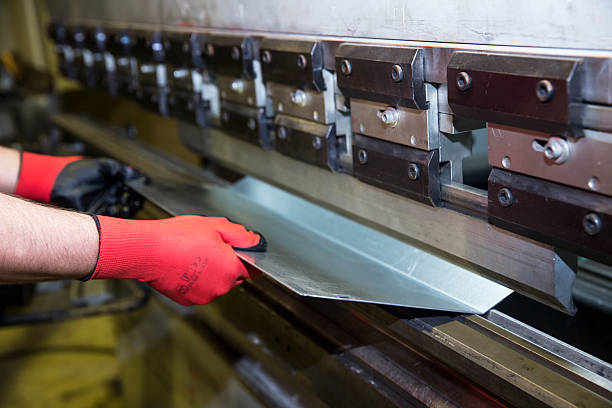
NINGBO FUERD MECHANICAL CO., LTD
Website: https://www.fuerd.com
